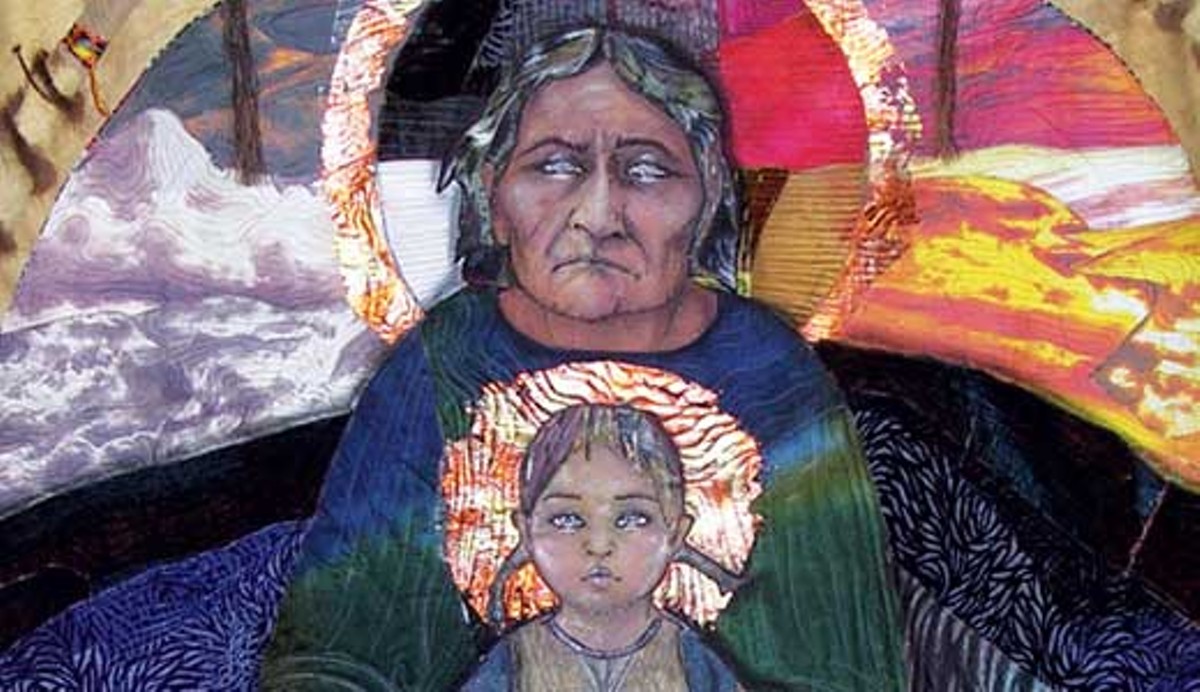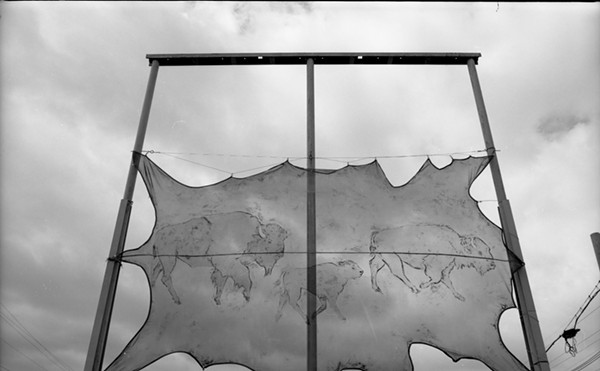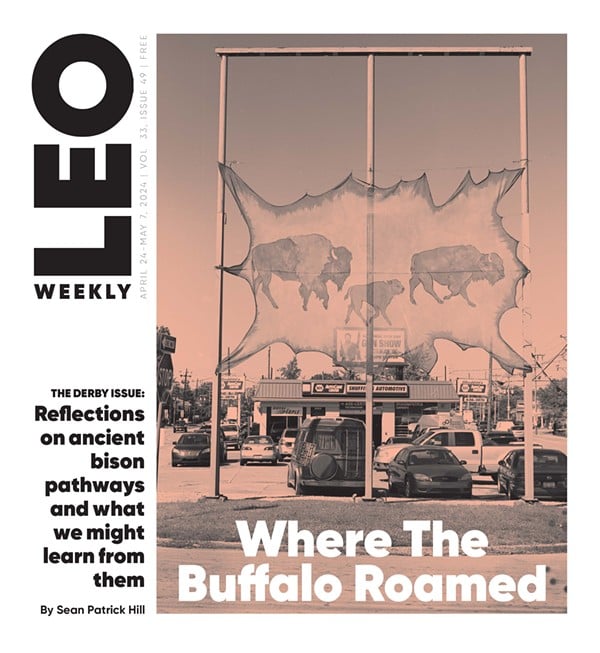How do you know when you’re looking at art by Penny Sisto? First off, the medium is fabric. Yet it’s not a common quilt of abstracted stars or flowers, stitched from whatever fabric is at hand. Her creations are pictorial and are not made for warmth or decoration.
The most important element of a Sisto quilt is the story. She could have easily been a painter, writer or verbal storyteller — she just happens to be a fabric artist. Standing in front of one of her works is like a conversation, and her spirituality and strong beliefs are reflected in the fabric. This time she’s telling us about the legends of Native Americans.
“Every artist has a deep belief from which art springs,” Sisto says. “Mine is this: I want to be a witness for truth, and in my belief system, the truth is … we live on stolen land. And ‘Heartbeats’ is my stitched journey into this belief. It is a journey into opposites, starting with the contrast between the sharpness of my needles and the softness of the cloth, between the ache of honoring the past and journeying into hope for a healing future. We live in this place, at this time, and yet every step we take falls into the footsteps of those who walked this land before us. And every door we open lets in the spirits of those who will follow us.”
Quilting is not for the lazy. It’s time consuming, laborious and practically a lost art. Sisto makes it more expressive with layers and paint, producing people with luminous skin and expressive eyes. Look at “Shade” and you begin to see how she makes eyes sparkle by alternating stitches of black and white thread. Somehow there’s life sewn in with those stitches.
A highlight of the show is “Esperanza.” Not only does it command the majority of a wall, it’s made of buffalo hide, horsehair and willow hoop. “Esperanza” means hope in Spanish, a feeling made visual with the presence of a tribe elder (the past) interacting with a child (the future). Sisto’s son-in-law, Pierce Whites, made the hanging rod as well as the furniture in the gallery.
The beauty of “Fancy Shawl Dance” comes from the fabric (part of a Chinese shawl and a Tibetan coat) as well as the form. The open shawl features “women dancing like butterflies across its landscape,” she says.
While I’m a firm believer in the act of spending time with art to make a personal connection, reading or hearing an artist discuss her work is always a treasure. Sisto’s words float around the art when she speaks. The Carnegie knows this, so they’ve supplied an iPod with recordings of Sisto discussing some of her work. She, along with Anthony Redfeather Nava, will also hold gallery talks on Aug. 13 and Sept. 28 (Nava also has a lecture scheduled on Native American genealogy on Sept. 20).
‘Heartbeats: Art Quilts by Penny Sisto’
Through Oct. 15
Carnegie Center for Art & History
201 E. Spring St., New Albany
812-944-7336
www.carnegiecenter.org







